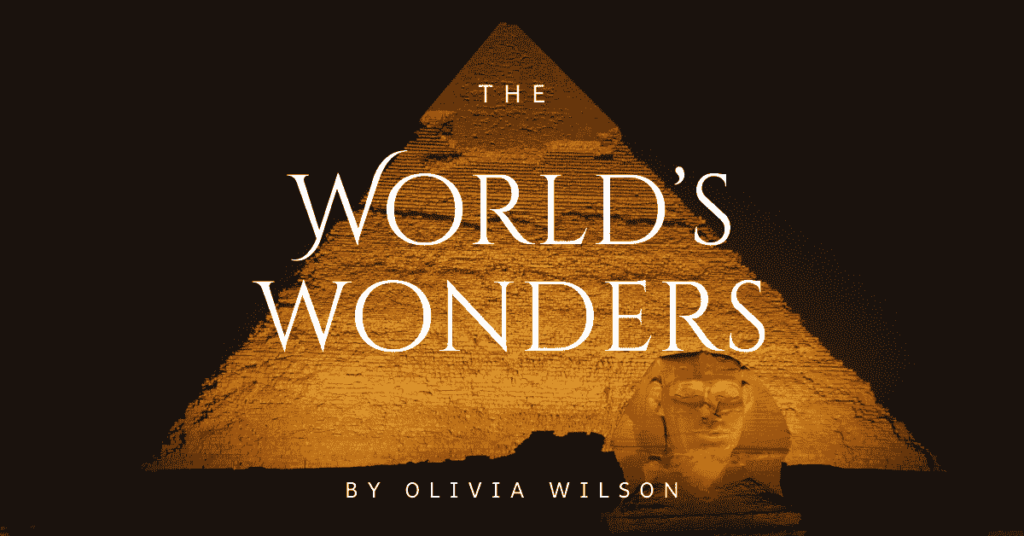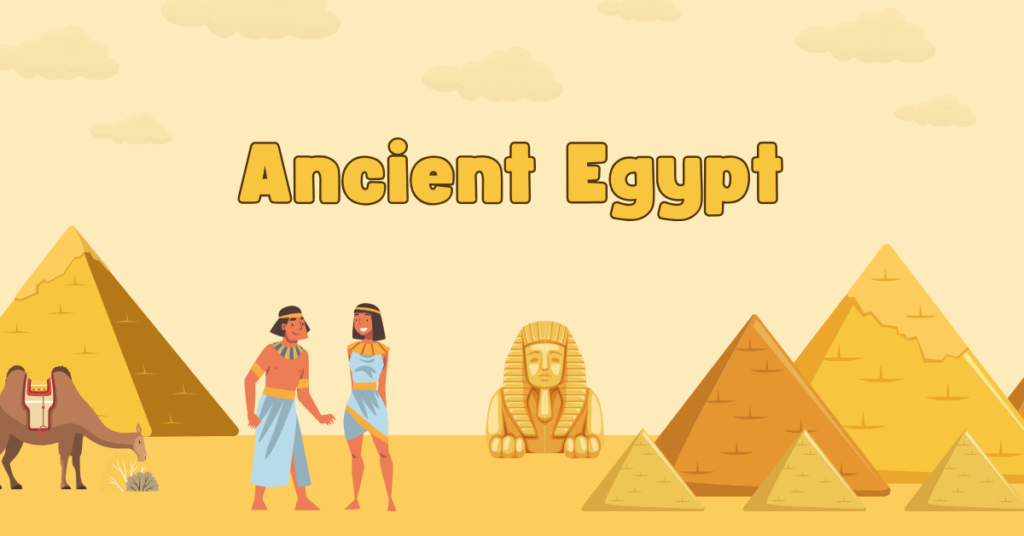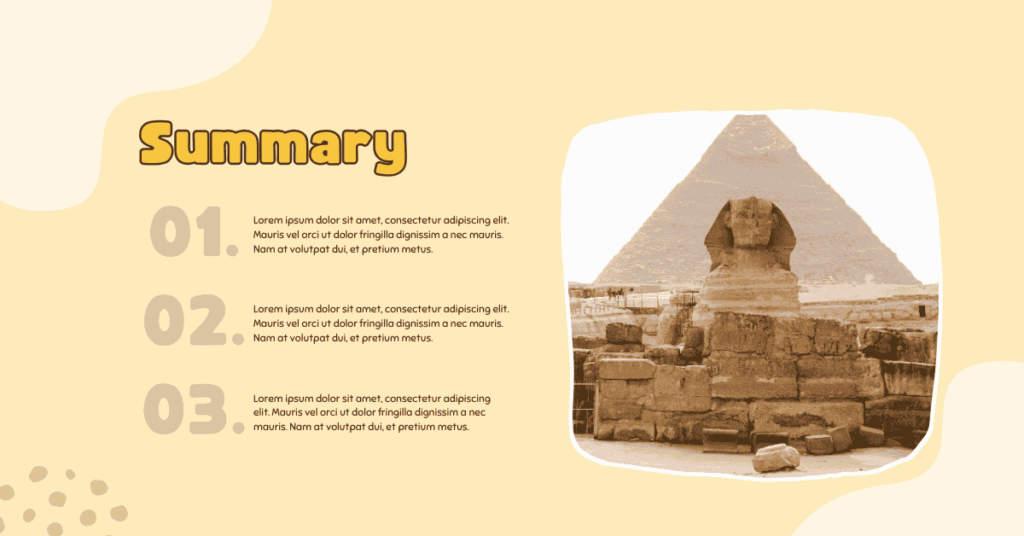Pyramids of the Egypt’s lets Exploring Mysteries
lets explore the fascinating history of Egypt Pyraminds, a land shrouded in the mysteries of ancient civilizations and the majestic Nile.

The Arab Republic of Egypt
Officially known as the Arab Republic of Egypt, with Cairo as its capital, Egypt stands as a beacon of noble traditions and cultural significance. Unique in its geographical placement, Egypt spans both Africa and Asia, highlighting its historical and cultural richness.
A Cradle of Civilization
For over five millennia, Egypt has been a cradle of civilization. The vast expanse of the Nile River has transformed the surrounding desert into a thriving hub of life and culture. By 4000 BCE, Egypt had already established itself as a cultural powerhouse.
The First Pharaoh
Menes, a formidable king, founded a kingdom around 3500 BCE, earning the title of Egypt’s first Pharaoh. Subsequent rulers, known as Pharaohs, continued to build on this legacy.
The Reign of Khufu
Among these rulers, Khufu stands out. His reign, speculated to be from 2613 BCE to 2589 BCE, marked the beginning of grand architectural endeavors. Khufu’s most notable achievement was the construction of the Great Pyramid, a marvel that continues to captivate the world.
The Great Pyramid of Giza

The Great Pyramid of Giza, built for Pharaoh Khufu, is one of the most iconic structures in the world. Standing at an original height of 481 feet, it was the tallest man-made structure for over 3,800 years. The pyramid’s construction involved an estimated 2.3 million stone blocks, each weighing an average of 2.5 tons. The precision with which these massive stones were cut and placed remains a subject of awe and speculation.
Magic and Mysticism
Magic not only had the patronage of the state but capable magicians also held privileged positions in the court of Pharaoh. The famous magician Sawari is often associated with ancient Egypt. The conflict between the magicians of Egypt and Prophet Musa (peace be upon him) is well-documented in religious texts. When the magicians used their spells against him, Prophet Musa (peace be upon him) turned his staff into a dragon by the command of Allah, swallowing all the magical snakes. The last Pharaoh of that era drowned in the Nile, and his preserved body remains a symbol of lesson in the Cairo museum.
Mysteries of Construction
The construction techniques used to build the pyramids are still debated by historians and archaeologists. It is generally believed that the Egyptians used a system of ramps, sledges, and levers to move the massive stone blocks. Recent discoveries suggest that a now-extinct branch of the Nile River, known as the Ahramat branch, may have been used to transport these heavy materials. This ancient waterway, buried under desert sands, provided a crucial link between the quarries and the construction sites.
The Purpose of the Pyramids
The primary purpose of the pyramids was to serve as monumental tombs for the pharaohs. The Egyptians believed in an afterlife where the pharaohs would reign supreme. This belief led to the meticulous preservation of their bodies and the inclusion of their treasures in their tombs. The intricate designs of these tombs, often protected by elaborate traps and myths of divine guardians, have inspired countless stories and films.
Roman and Greek Influence
After the era of the Pharaohs, Egypt came under the rule of the Romans and Greeks. One notable figure from this period is Cleopatra, who married the great Greek conqueror Julius Caesar. Hollywood immortalized her story in a film starring Elizabeth Taylor, showcasing Cleopatra’s legendary beauty.
The Sphinx and Other Wonders
In ancient Egypt, natural elements like the sun, fire, and animals such as cats were revered and often deified. One of the most iconic symbols is the Sphinx, known in Arabic as Abul Hol, meaning “Father of Terror.” This colossal statue, with the body of a lion and the head of a woman, stands guard near the pyramids of Giza, embodying the protective spirit of the Nile.
Recent Discoveries

In recent years, modern technology has unveiled new secrets about the pyramids. In 2017, scientists discovered a mysterious void within the Great Pyramid using muon radiography, a technique that uses cosmic rays to detect cavities in massive structures. This void, at least 100 feet long, remains unexplored and adds to the intrigue surrounding the pyramids.
The Symbolism of the Pyramids
The pyramids were more than just tombs; they were symbols of the pharaohs’ divine power and their connection to the gods. The smooth, angled sides of the pyramids were designed to help the king’s soul ascend to heaven and join the gods, particularly the sun god Ra. The very tops of pyramids, known as “pyramidions,” were often gilded, giving a shiny appearance that symbolized the sun’s rays.
The Legacy of the Pyramids
The legacy of the pyramids extends beyond their architectural marvels. They represent the ingenuity and determination of the ancient Egyptians. The pyramids continue to inspire awe and curiosity, drawing millions of visitors each year who seek to uncover their secrets.
Endless Wonders
Egypt’s rich tapestry of history and mythology continues to enchant and inspire, offering endless wonders for those who seek to uncover its secrets.

